Note 63: The Exponential Treadmill
... and ChatGPT vs. Clifford Clavin.

The first week of 2023 went pretty well for me. I ended it in the office, pretty much back to full working mode, ready to tackle the rest of the year. I ended it a bit ahead of my 100 book reading pace, so it’s nice to feel like I have something under control for a change. I had grand plans for a Weekend of Productivity, and a small bit of research that spun out of a client call derailed that.
I dipped my toes back into modern (monetized) mobile games.
The process started innocently enough. I’m working with a client interested in increasing the engagement of a cancer medication adherence app, and the conversation drifted toward gamification techniques. One of the researchers mentioned a relaxing and effective Korean game called AbyssaRium, where you stock a virtual fish tank on your mobile device. Sounds innocent enough, right?
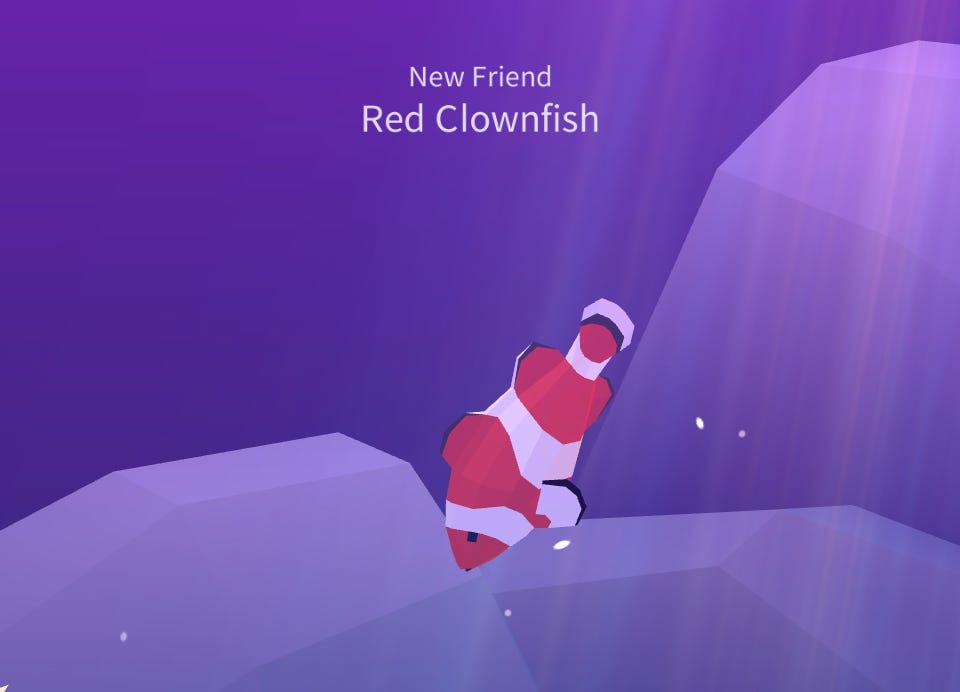
After the call in the morning, I was pretty much fully sucked in that evening, spent more than I care to admit on Saturday stocking my fish tank, ended up branching off into two other mobile games, spending Sunday debating how I was going to wrest my life back, and I’m back in the office game-free with a test phone hosting the aquarium attached to my desk back at home.
I’d like to think that I came away from the experience with some Knowledge and Experience, and I think I did find something: this game (plus the two additional ones I installed and deleted on Sunday) feature the same basic game mechanic that exploits the fact that humans are Bad At Exponents.
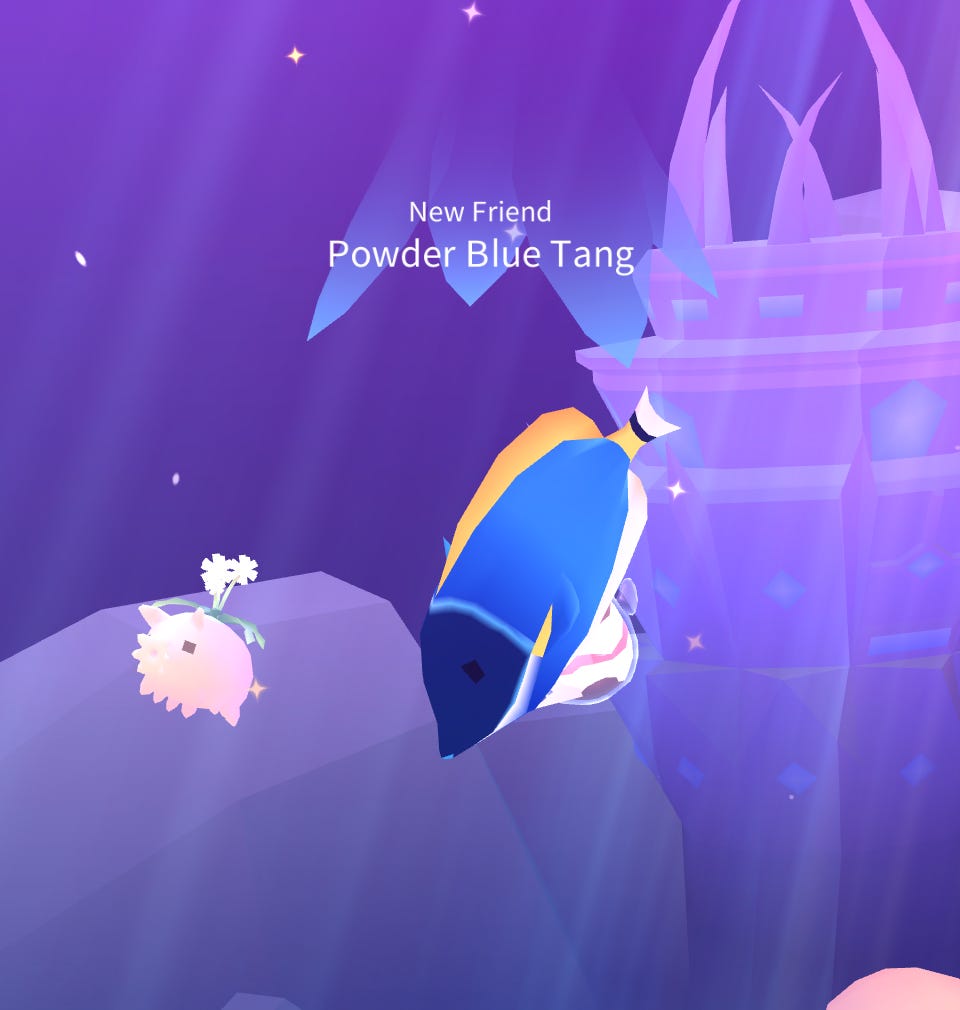
Let me explain.
When you strip away the cute artwork, seasonal events, and simple play controls, all of these games are effectively optimization problems that challenge players to maximize the rate of resource generation in order to purchase additional doodads in the game, that in turn increase additional resource generation significantly. In the fish game, one of the currencies (there are at least five) is vitality that allows you to purchase new fish for your tank and to upgrade the coral that hosts your aquatic community. All fish cost the same (but some have some additional unlock conditions that have you buying still more fish), but each time you spend vitality, the cost of all goods that take that as a legal tender go up in price significantly. In the Real World, that would be like buying your first jug of milk for $1 then the price of the second goes up to $2, the third retails for $4, and your fourth jug costs $8, and so forth. Anyone familiar with rice and chessboards know where this is going.
Above, I mentioned that purchasing new fish and coral upgrades also increases your earning rate. That would be equivalent to me doubling my billing rate after buying each jug of milk (and clients gladly paying that). So you end up in a behavioral loop where you’re trying to maximize your resource generation rate while building a collection.

Here’s where the devious bit comes in: the exponential bases for price and and resource generation are different. The game doesn’t double both at the same time (effectively keeping prices constant), but may multiply prices by 2.0, while only multiplying your earning rate by 1.9. So, you as a player have to make up the 0.1 multiplier shortfall, which the game designers keep small enough to keep players engaged, but annoying enough that the decision to watch an advertisement or purchase some help (using real US dollars) becomes a valid choice and consideration. And since you’ve built up a sizeable existing collection when the prices and costs were still small (and you were showered with what seemed to be a generous bankroll to get started), there’s a sunk cost (your fish, and your time) to keep you from abandoning the game altogether.
The interesting thing is how durable this loop is. You’ll be earning and spending at some multiple, and you get bumped up to the next multiplier level up. When you remember how much it cost to buy one thing at the last level and now you can buy it multiple times with little effort, you feel like you achieved something (and get a nice dopamine hit). And then the reality hits that to buy the next thing will be much more, and you’re grinding for the next fish, tank, or goblin to help you achieve the goal you’ve set for yourself. (Momma didn’t raise any quitters!) It’s powerful stuff!
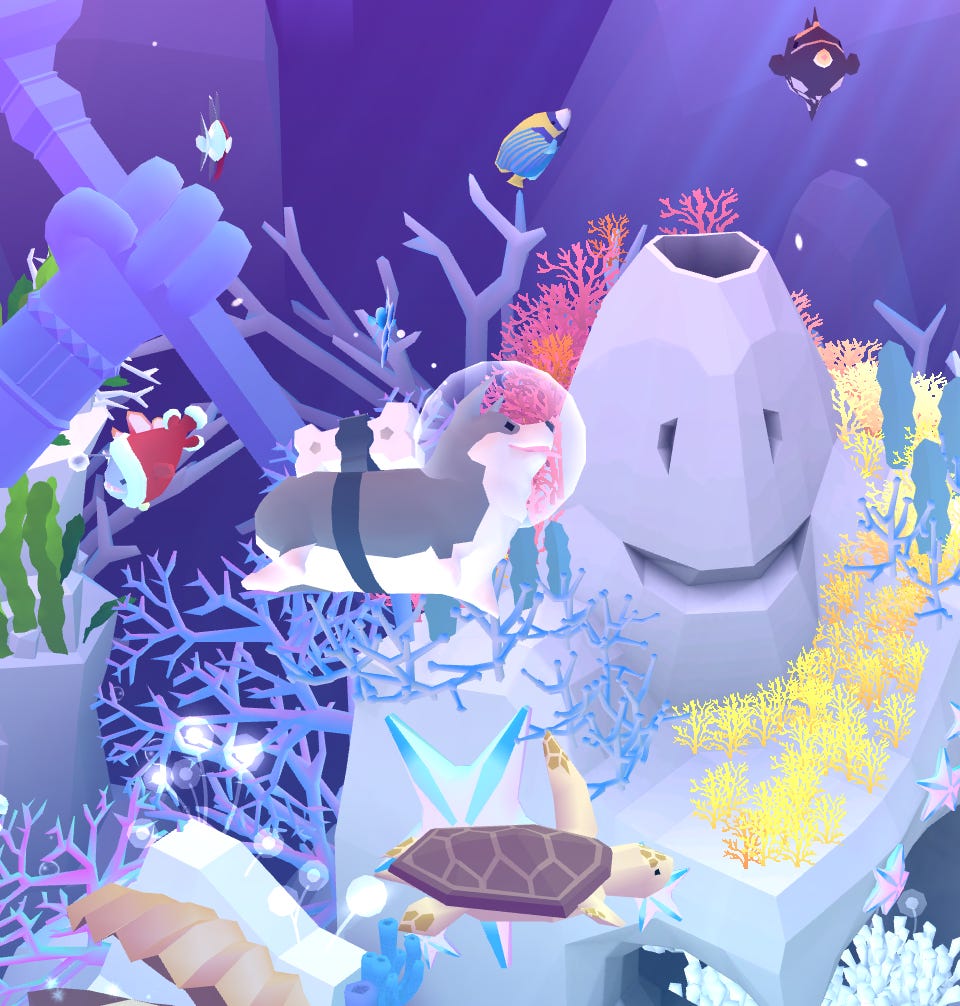
As much as I’d like to claim that my superior self control and motivation pulled me out of the game on Sunday, the reality is that I effectively exhausted all the fish that I could purchase outright after I maximized my own resource gathering strategy. Just like a little mobile phone Captain Ahab, I chased my whale, and (unlike Ahab) put it in my fish tank. Now, I could branch out into other currencies and get even more fish, but those are based on a largely passive farming mechanic that I just don’t have the patience for. 300 seaweed (generated 1 per minute) unlock clams (generated 1 per every 2 minutes), where 300 clams unlock urchins (1 per 3 minutes), eventually onto crabs and krill shrimp (and I don’t want to know how long it takes to generate a shrimp).
I made my peace with the game by allowing it to live on a Samsung test phone mounted to my desk as an electronic aquarium that I can tap between code compiles and e-mails, where I may unlock something just for being there. It seems like a happy and healthy compromise while I nurse my burned hand for thinking that I could short-circuit the Exponential Treadmill that underpins every bad Facebook game advertisement and supports an economy larger than Hollywood. I should have seen that it was a trap, but I blundered in anyways. I left short (most of) one weekend, but I suspect I got off light. After my tour, I ended up somewhere in the neighborhood of 70 fish. To put that feat in context, the top player has over 200 MILLION fish. (That’s a prestige magazine profile just waiting to be written!)
Rocket stock update
Earlier this week, Virgin Orbit attempted the FIRST orbital launch from the UK. It didn’t go well:
I expected the VORB stock to drop below a dollar, but the market has being (relatively) merciful, as it was trading around $1.70 after opening (down from it’s $1.93 pre-launch close before the launch).
In addition, to Virgin Orbit’s failure, ABL Space’s first launch from Alaska didn’t go according to plan, either.
#SpaceIsHard
Social media update
I’ll be writing more on this in the future, but if you’ve joined Mastodon after Elon Musk’s Twitter Takeover, I’m online over at @br284@mastodon.sdf.org. (If you were a Mastodon user before the Takeover, I’d love to connect as well.) I’m still poking around the technology and platform to get a feel for it, but I like what I’ve found. If you’re a Mastodon user and are looking for followers, post your handle in a comment below and I’ll join your audience.
Artificial authors
Unless you’ve been asleep this past week (or don’t subscribe to as many think-piece e-mail newsletters as I do), you probably noticed that next to Biden’s own classified document woes, OpenAI’s ChatGPT was the big story of the week. For those catching up, ChatGPT is an artificial intelligence one can prompt for writing.
Some examples I chose to try and throw it for a loop:
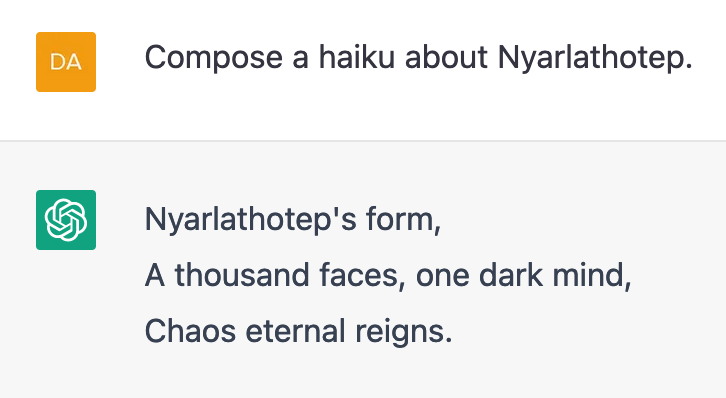
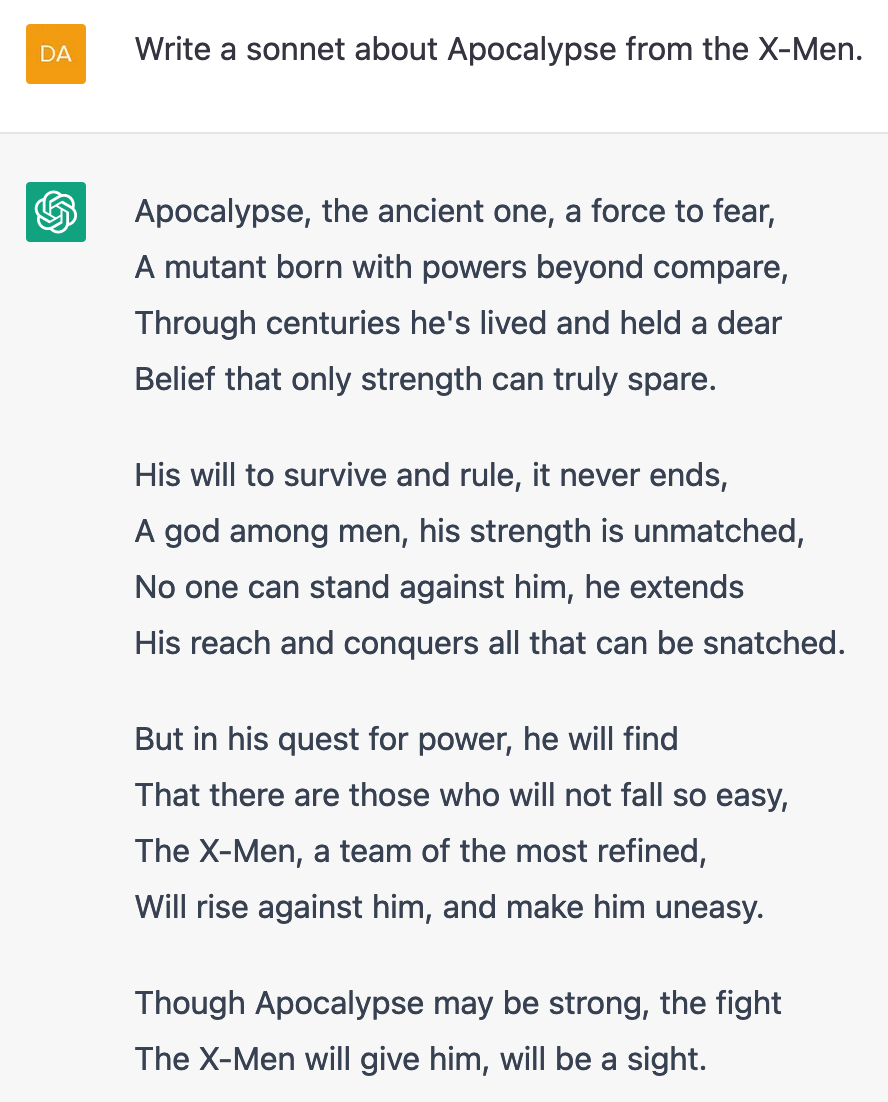
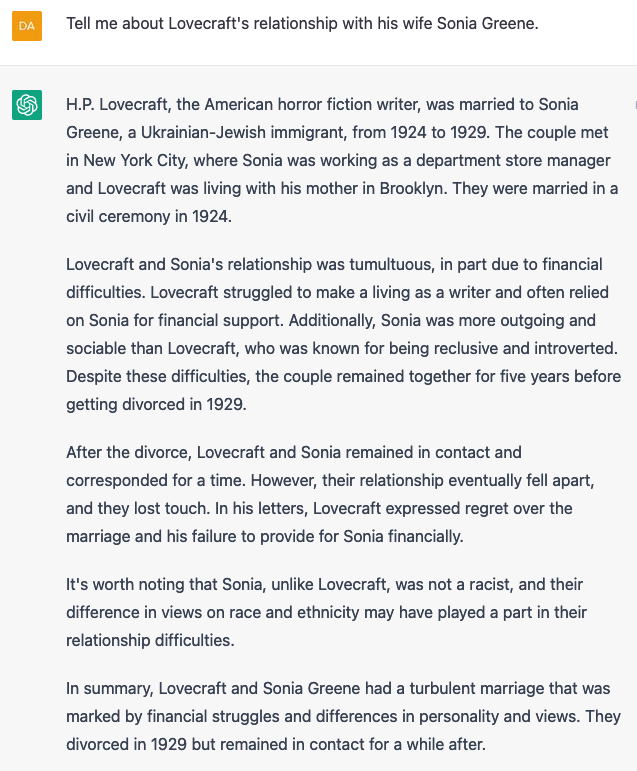
My experience above mirrors that of writing instructor John Warner, who argues that ChatGPT isn’t killing any writing that was worth keeping around or preserving. It’s very good at generating plausible text that follows a standard form, but the bigger the piece and the closer you look at it, the more it appears to be a digital Clifford Clavin, with an endless ability to bullshit without saying anything actually useful:
I couldn’t resist:
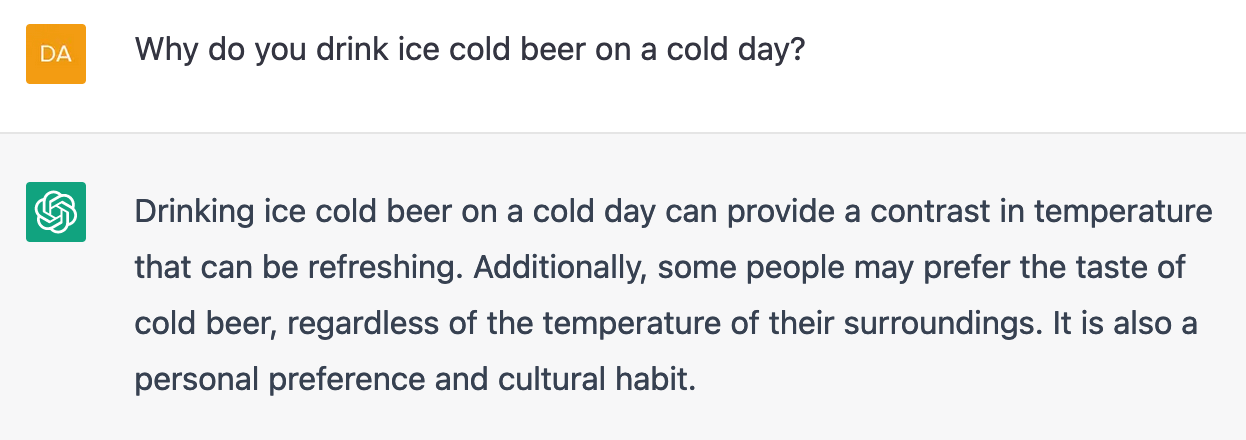
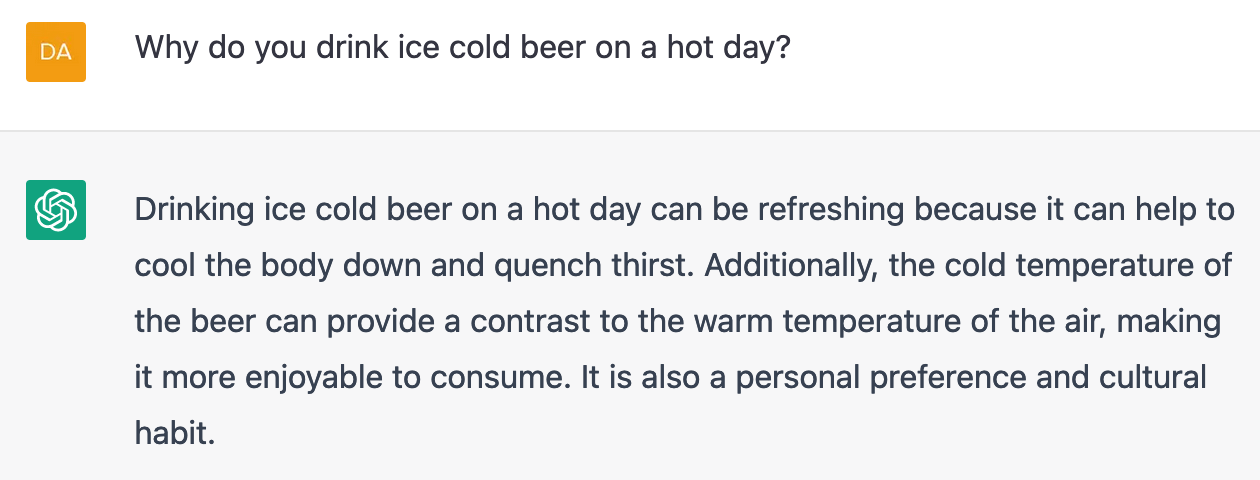
Now, I originally planned to discuss ChatGPT in the context of other creative endeavors (images and software), but got sidetracked with my foray into mobile games above, and Substack is nudging me and telling me that this message is getting too long for Gmail users. Please treat my fun competition above as an appetizer for a longer piece next week that really dives into this phenomenon, from my experiences working with artists, and trying to wrap my head around whether this is effectively the Dancing Baby for this year, or if we’re on the cusp of something actually meaningful. (Mentally, this topic feels a like like NFTs felt last year.)
In the meantime, check out this four-part series from artist, architect, and deep thinker (and Pnakotic Atlas contributor) Mihail Bila, who dives in from a perspective you likely didn’t see from other commentators this last week:
- The Demise of the Digital Artist - Part1. Orwell Against 'Mechanical Progress'
- The Demise of the Digital Artist - Part2. Classical Art Against the Machine
- The Demise of the Digital Artist - Part3. Perpetual Revolt, 'Creative Destruction'
- The Demise of the Digital Artist - Part4. The Future is Inevitable
Stay tuned, LOTS more to come on this topic next week.
Closing thoughts
If this Note seems somewhat disjoint, it’s mainly because I wrote most of it on Tuesday, and wrapped up the rest today on Saturday. I’ve been burning the candle from both ends with a few 14 hour days put in to get my own machine back up to full speed, and making up for what was sidetracked in December. (I had the best month planned, then damn COVID ruined it.)
I don’t have too much else to share, except for the opening salvo for what will become a VERY fun 2024 race to watch. This campaign launch video is fire:
Until next week, CMDRs!



